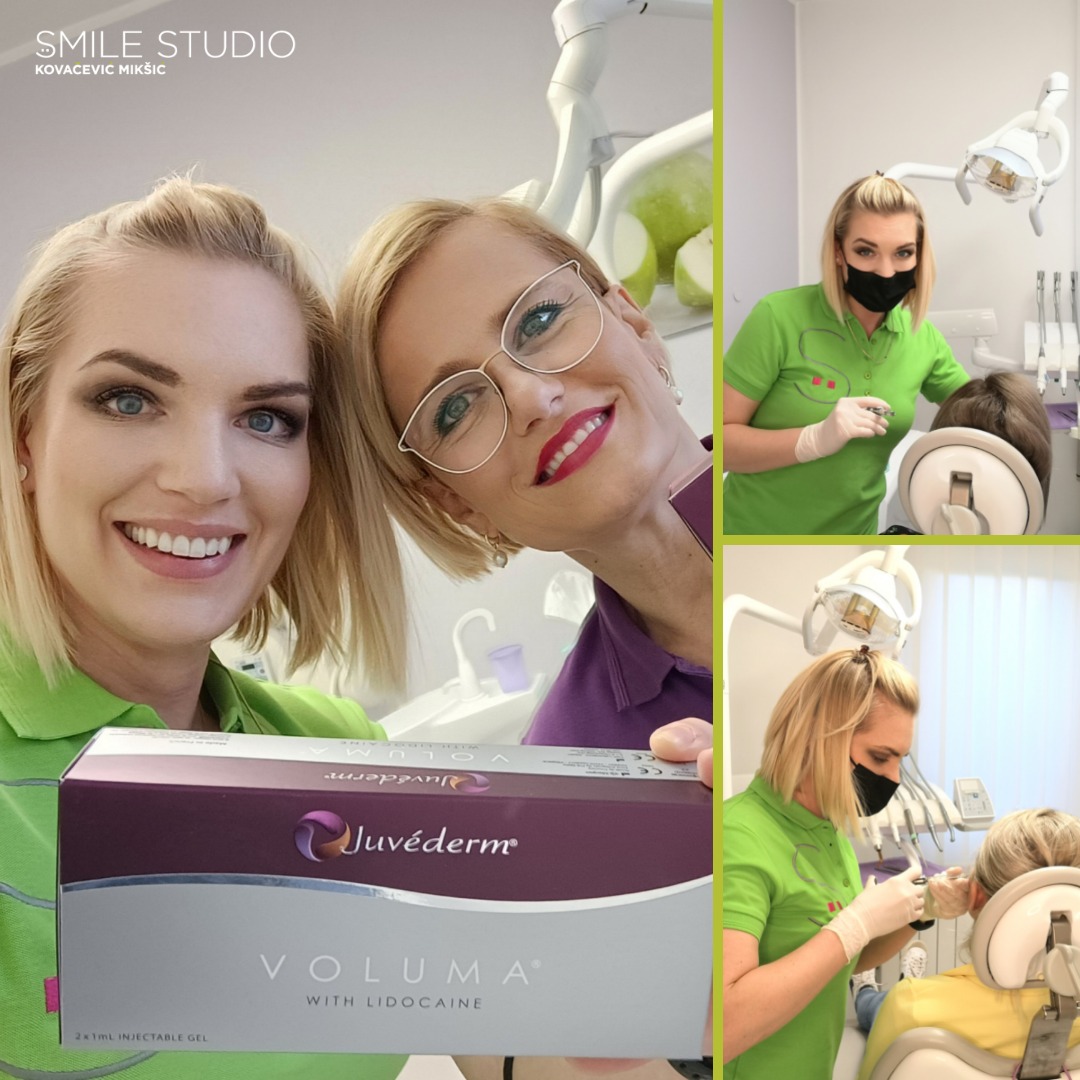
Knocked-out Tooth? Hurry!
A knocked out tooth caused by a trauma to the face or jaw, seems like a most severe form of tooth related trauma, at least from the perspective of the person that experienced this misfortune. Regardless whether it’s an isolated injury or it’s accompanied by other injuries this situation is always a psychologically stressful one. And it’s possible to note that with this type of trauma the front teeth are usually the ones getting knocked out.
The Time You Take to Reach the Dentist is Crucial
What should you do in a situation like this? Of course you need to rush to the dentist’s as soon as possible! The dentist will do a check-up and an X-ray in order to get insight into the surrounding dental structures and determine if it’s possible return the prepared tooth to its rightful place. When we’re dealing with a knocked-out tooth, the time we take since the trauma to the placement of the tooth back into the bone is crucial for the recovery. It’s been proven that if the time from the knocking out to the re-implantation (placing the tooth back in the jaw) is shorter than 20 minutes, a possibility of a long term success and recovery of the tooth climbs up to 90%. Generally, a time span up to 2 hours is considered favorable for the success of re-implantation and treatment. However if it took more than 2 hours since the knocking out the success rate for the treatment becomes declines.
How to Transport a Knocked-out Tooth
The way of bringing the knocked-out tooth to the dentist is very important. In such stressful situations people usually wrap the tooth into a handkerchief and sometimes, if it’s filthy they also clean it before wrapping it. These options are not good for the tooth, quite the contrary, they’re very harmful. The best thing to do is to hold the knocked-out tooth in the mouth, under the tongue or in the cheek. If you have to clean it than you can only do that in cold water with no cleaning or brushing (using a brush, nails…). If you can’t bring the tooth inside your mouth, then you may put it in a glass of regular water, milk or in a tissue soaked in water or milk.
What Next?
After the tooth has been returned to its position, if that was possible, the tooth is ‚bound’ by a wire to the adjacent teeth for a period of 14-21 days. During this time it’s very important to eat soft food and not to burden the attached tooth in any way. After this period the wire is taken off and it’s still necessary to take care not to put pressure on this tooth while eating for an additional period of time.
After 2 to 3 weeks the dentist performs tests that are used to determine if it’s necessary to remove the dental pulp (‚nerve’) and perform root canal treatment. Unfortunately the dental pulp rarely survives in this type of situations so it’s necessary to remove it.
In the following period the tooth is monitored through check-ups, and through x-ray the dentist also checks the state of the dental root. This is important in order to detect unwanted changes early, so it can be possible to apply appropriate therapy on time.
Sometimes it’s unfortunately impossible to return the tooth to its place or the attempted treatment results in failure. Today, thanks to modern dentistry it’s possible to replace the lost tooth with an implant, and in that way take care of the adjacent teeth and bone matter.



